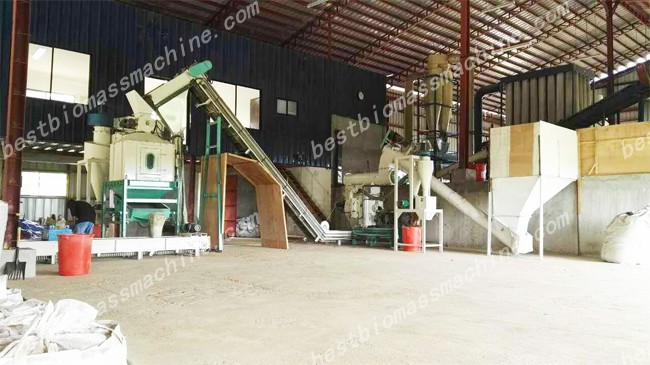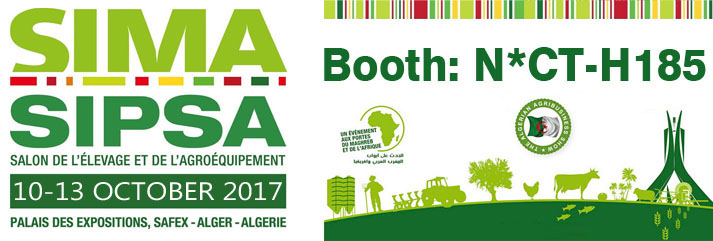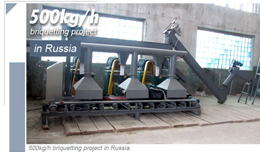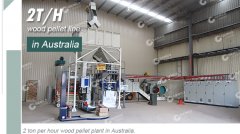Grass Pellet Mill Make Grass into Biofuel or Feed Pellets
Many people today are familiar with wood pellets, but pelletizing grass is increasingly becoming more and more common. This is where grass is densified into about 20 millimeter cylindrical pieces usually called 'pellets'. Lots of farmers are investing in grass pellet mills for the economic sense they make. Grass pellets can be used as either feed or as biofuel. It is also less costly compared to making wood pellets. Since grass is a widely distributed raw material, producing grass pellets in large scale can have a huge impact on agricultural economy.
Using a grass pellet mill plant is relatively easy, and the beauty of it all is that it can be done at home. As long as you have grass available. Grass pellets can be produced in the following simple steps.
- Get some mowed grass and put it out in the sun to dry. An important tip is to lay the grass in a thin layer. After drying, they dries grass is put in 'pills' in a process known as pilling. This is the step where the pellets are typically shaped.
- Then the mill is preheated for a while, to dry out any moisture that might have been left in the grass. This step also helps in melting lignin, a complex polymer found in grass, to reduce rigidity and make it easier to glue together what will become the pellets.
- A container is placed under the chute, to collect the resulting pellets.
- The next step involves checking the moisture content of the pellets and adjusting it if need be. If the pellets are mushy, this is an indication of too much moisture hence they need to be put out in the sun to dry a little longer. If the pellets crumble easily, it is an indication that they are too dry and they ought to be mixed with some water.
- The pellets are then cooled in the air in preparation for storage. This step ensures they are ready to be comfortably burned as fuel.
- Left over pellets are packed in bags, and can stored for later use.
Successful Grass Pellet Mill Plant in Philippines
Advantage of using grass pellet mill
- Production of these pellets is environmentally friendly too, and the demand for grass pellets is steadily rising today, for a myriad of reasons.
- They are easier to store and transport, given their small volume increasing convenience. Also, with these pellets, a farmer can take advantage of the warm seasons where fodder grows vigorously and with more nutrients. Grass pellets can be conserved and used as feed during winter where fodder might not be as readily available or nutritious. This in turn will lead to higher production of meat, milk and eggs with less forage.
- Making pellets can also improve the quality and palatability of plant materials that could otherwise not be used as feeds. Switch grass is a good and common example of pellet-making material. The pellets are used as feeds and are something of a staple in Northeastern part of the United States. Also, through pelletizing, the sources of fodder become diverse because some kinds of branches and leaves can be turned into grass pellets that will feed your poultry and livestock.






